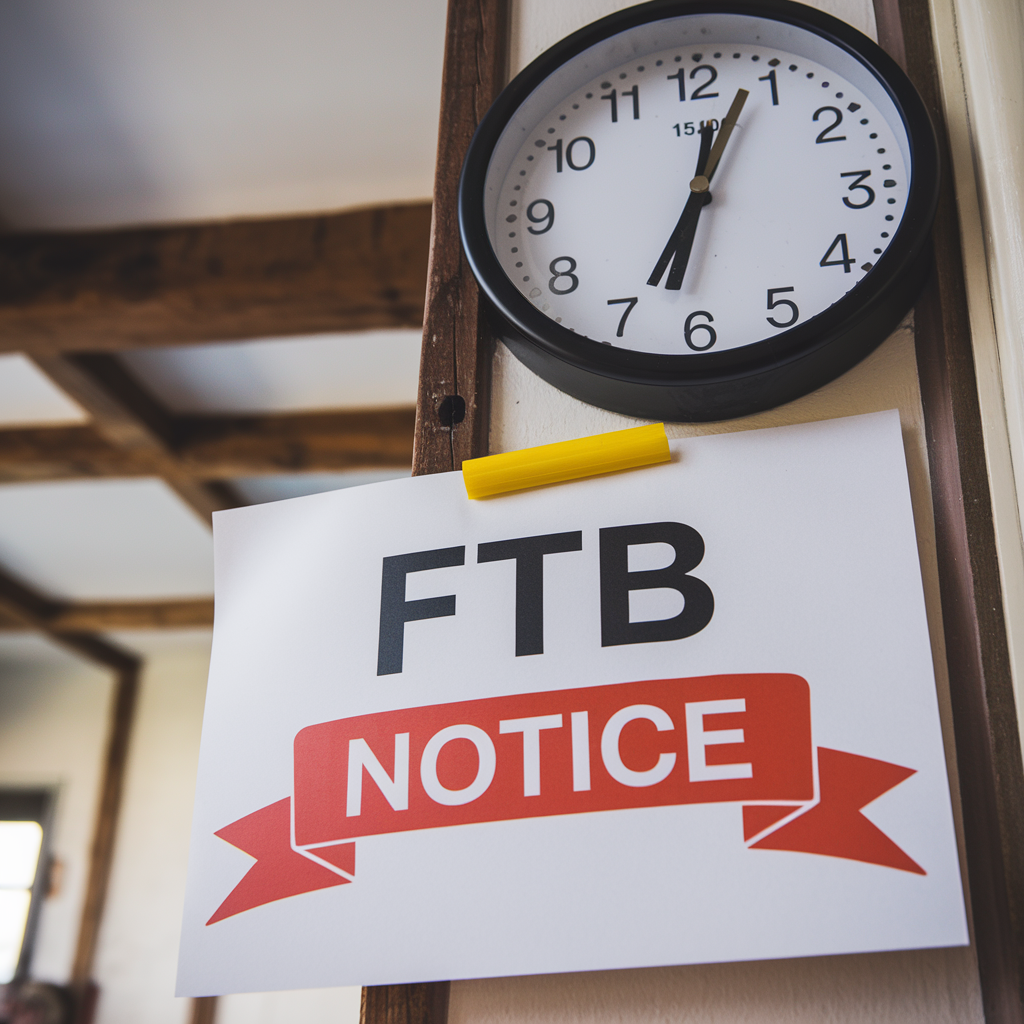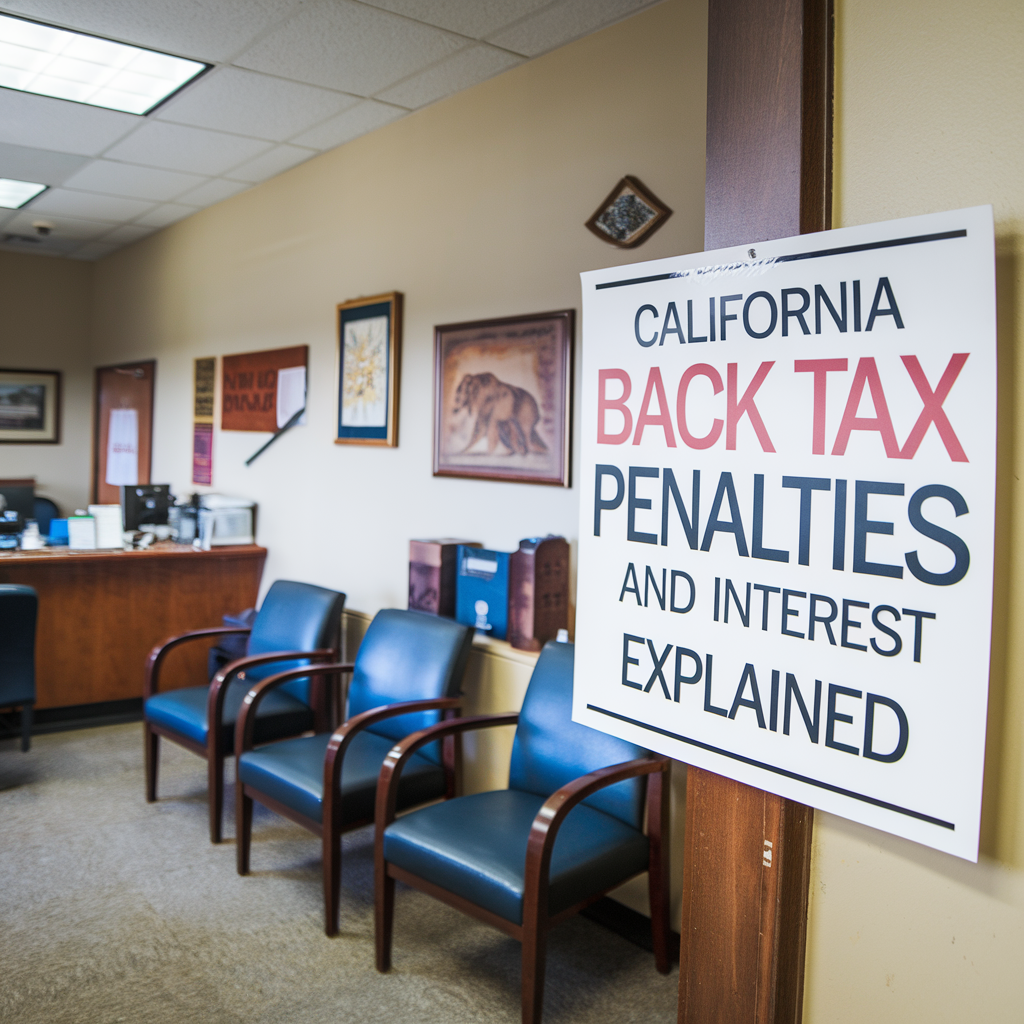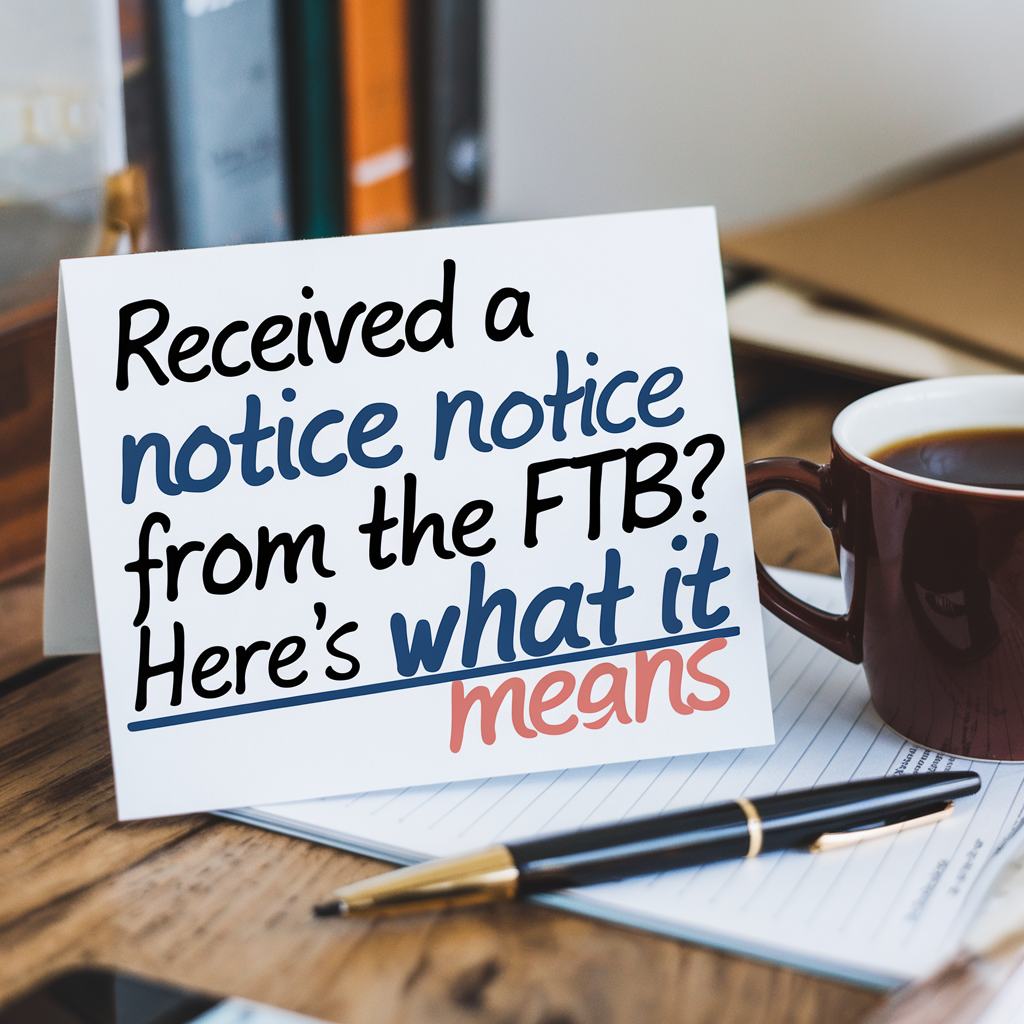Can the FTB File a Return for You? (Substitute Returns in California)

Introduction: Think You’re Off the Hook for Not Filing? Think Again.
If you haven’t filed your California tax return for one or more years, the Franchise Tax Board (FTB) might take matters into their own hands.
And no, that’s not a good thing.
The FTB has the authority to file a Substitute Return (SFR) on your behalf — and when they do, they don’t give you the benefit of deductions, exemptions, or credits. The result? You’ll owe far more than you should, and you may be hit with penalties, interest, and aggressive collections.
This guide breaks down exactly what substitute returns are, how they’re triggered, and how Orange County taxpayers can correct or reverse them before the FTB starts garnishing wages or levying bank accounts.
📌 What Is a Substitute Return (SFR)?
A Substitute Return is a tax return created by the FTB when you fail to file on your own. It’s based on information they receive from:
- Employers (W-2s)
- Contractors (1099s)
- Banks, brokerages, and other third parties
- IRS data matching
But here’s the problem: Substitute Returns are intentionally punitive.
The FTB does not include:
- Business expenses
- Mortgage interest
- Child credits
- Retirement contributions
- Depreciation or deductions
They calculate your tax based only on gross income, which leads to inflated balances.
🧾 Why Does the FTB File Substitute Returns?
California law allows the FTB to protect the state’s interest when a taxpayer fails to file.
The FTB is particularly aggressive with non-filers in:
- High-income ZIP codes (Orange County areas like Irvine, Newport Beach, etc.)
- Self-employed workers with 1099s
- Gig economy workers
- Part-year residents or out-of-state filers with California-source income
👉 How to Get Back Into Compliance with the FTB (Non-Filers Guide)
📅 How Long Do You Have Before the FTB Files for You?
You typically have a few months after the tax deadline before they act — but that can shrink if:
- You’ve ignored previous notices
- You were flagged for prior noncompliance
- The income reported under your name is substantial
🧨 What Happens After the FTB Files a Substitute Return?
If the FTB files for you, you’ll receive a:
🔔 Notice of Proposed Assessment (NPA)
This outlines:
- What they think you earned
- The tax they say you owe
- Added penalties and interest
You have 60 days to respond before it becomes final.
💰 How Much More Will You Owe on a Substitute Return?
Let’s say you earned $95,000 as a contractor but had $35,000 in legitimate expenses.
| Scenario | Taxable Income | Approximate CA Tax Owed |
|---|---|---|
| Filed Properly | $60,000 | $2,500–$3,000 |
| FTB SFR | $95,000 | $6,000–$7,500+ |
Now add penalties, interest, and a demand for payment — that’s how a manageable balance becomes a tax problem.
🛑 What Happens If You Ignore a Substitute Return?
- The balance becomes final and enforceable
- You lose the right to protest or amend
- The FTB may begin levies, garnishments, or liens
👉 FTB Collections Process: A Guide for California Taxpayers
✅ How to Reverse a Substitute Return in California
The good news: Substitute returns can be fixed.
Here’s how:
✅ 1. Request Your FTB Transcript
This will show:
- The years affected
- The assessed balance
- Whether a Substitute Return has been filed
- The deadline to respond (if still open)
Your CPA can request this using Power of Attorney.
✅ 2. File an Actual Return
This is called a “superseding return.” The FTB will accept a real return even after filing an SFR, provided the debt hasn’t gone to collections.
Be sure to:
- Include all income
- Report valid deductions and expenses
- Use reasonable estimates (if necessary)
✅ 3. Respond to the Notice of Proposed Assessment
If you’re within the 60-day window, include:
- The completed return
- A cover letter referencing the NPA
- Any supporting documentation
The FTB may reverse or reduce the balance accordingly.
✅ 4. Request Penalty Abatement (If Applicable)
Once the corrected return is accepted, you may qualify for relief from:
- Late filing penalties
- Late payment penalties
- Estimated tax penalties
👉 Can You Get California Tax Penalties Removed?
✅ 5. Set Up a Payment Plan or Settlement
If the corrected return still results in a balance you can’t pay in full, you may qualify for:
- A payment plan (installment agreement)
- A hardship deferral (temporary pause on collections)
- A settlement through the Offer in Compromise program
👉 Top Tax Relief Options for California Taxpayers
📍 How Boulanger CPA Helps Orange County Taxpayers
We help clients in Irvine, Santa Ana, Anaheim, Tustin, and across California:
- Identify substitute returns filed by the FTB
- Prepare and file accurate returns
- Reverse assessments and reduce penalties
- Avoid or stop collections
- Restore compliance and peace of mind
📞 Call
657-218-5700
🌐
www.orangecounty.cpa
Frequently Asked Questions
What is a substitute return?
It’s a tax return the FTB files for you when you fail to file — often overstating your tax due and omitting deductions.
Can I reverse a substitute return?
Yes. By filing an accurate return with supporting documentation, you can often replace the substitute return and reduce what you owe.
How do I know if the FTB filed one for me?
Request a transcript or check for a Notice of Proposed Assessment. A CPA can verify this for you.
What happens if I ignore it?
The FTB may finalize the balance, file a lien, garnish your wages, or levy your accounts.













